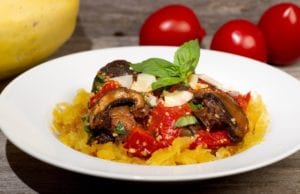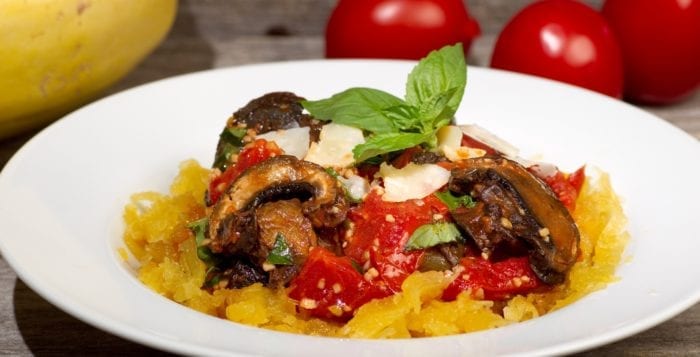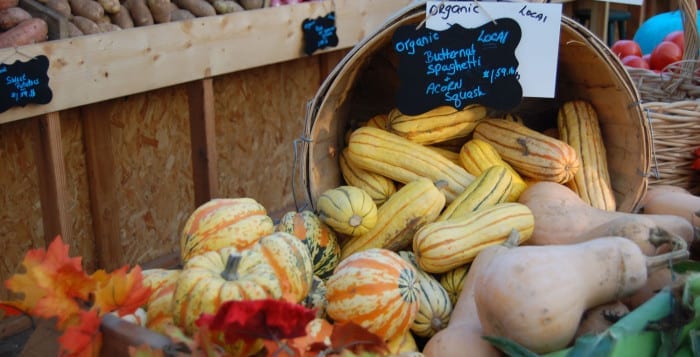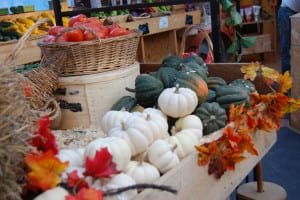By Barbara Beltrami
A recent trip to a farm stand out east provided more than I had bargained for. I had stopped to pick up winter squash as an accompaniment to a flavorful main dish. But when I beheld the cornucopia of varieties gorgeous and green and gold, earthy and tawny, tumbling from crates and mounded in baskets, I felt like a kid in a candy shop. I wanted to buy them all. However, I showed remarkable restraint and took home just a couple of spaghetti and acorn squashes. Then I couldn’t decide between the following two recipes so I made them both!
Stuffed Winter Squash
YIELD: Makes 4 to 8 servings.
INGREDIENTS:
1 large, 2 medium or 4 small winter squash, any variety
3/4 cup unseasoned breadcrumbs
¹/2 cup grated Parmesan cheese
Chopped leaves from one handful Italian flat-leaf parsley
2/3 cup pignoli nuts
Salt and freshly ground black pepper, to taste
2 tablespoons chopped fresh basil or 2 teaspoons minced fresh oregano, thyme or sage
3 tablespoons unsalted butter
DIRECTIONS:
Preheat oven to 400 F. Wash, halve and seed the squash. With a sharp spoon scrape out flesh until only half an inch is left inside the shell. Place flesh in a food processor and puree until as smooth as possible. Transfer to a medium bowl; add breadcrumbs, cheese, parsley, nuts, pepper and herbs; and mix thoroughly. Scoop mixture into hollowed-out shells; dot with butter. Fill a shallow baking pan with one to two inches of water; then place the filled shells in the pan. Cover with aluminum foil and bake 20 minutes. Uncover and bake 15 minutes more, until tops begin to turn golden brown. Serve immediately with Italian sausages, pork or poultry and couscous or wild rice.
Spaghetti Squash with Tomatoes, Shallots and Mushrooms

YIELD: Makes 4 to 8 servings.
INGREDIENTS:
2 small spaghetti squashes
2 tablespoons unsalted butter
Salt and freshly ground pepper, to taste
2 tablespoons unsalted butter
2 small shallots, minced
1 tablespoon fresh oregano, basil or thyme leaves, minced
5 to 6 large fresh Roma tomatoes, finely chopped
4 to 6 ounces fresh white mushrooms, diced
DIRECTIONS:
Wash and quarter the squash. With a spoon, scoop out seeds. Place wedges skin side down in a large skillet and fill it with two inches of water or just enough to touch bottoms of wedges. Cover and cook over low-medium heat 20 minutes or until very tender. Check occasionally to be sure water hasn’t boiled away. Remove squash from heat and when it is cool enough to handle, scrape flesh into a medium bowl. Add two tablespoons butter, salt and pepper; mash and mix thoroughly. Set aside to keep warm.
In a medium skillet melt two tablespoons butter; add shallots and herbs. Sauté until barely tender; add tomatoes; sauté five minutes more until they are barely cooked. Add mushrooms and sauté another 5 minutes. Place squash mixture in a large serving bowl and top with shallot-tomato mixture and serve immediately as a main or side dish with poultry, beef, lamb or pork.







